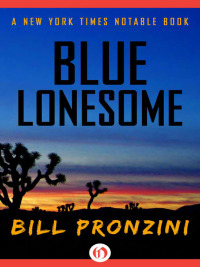The Spark and the Drive by Wayne Harrison
 Friday, August 29, 2014 at 9:51AM
Friday, August 29, 2014 at 9:51AM 
Published by St. Martin's Press on July 15, 2014
The Spark and the Drive is a tribute to cars and to the mechanics who serve them. "Automobiles were like a great species among us, more vital and abiding than most people in our lives, yet only a handful of us fully understood their complicated language." It is also a book about damaged people who are trying to change their lives, or trying to change the lives of people they care about, sometimes doing more harm than good.
Justin is 17, living in Waterbury, Connecticut. He has spent the summer of 1986 working for the legendary Nick Campbell, who specializes in restoring, repairing, and improving muscle cars. A properly tuned engine provides Justin with the order and predictability that is missing from his life. A mechanic, to Justin, represents "the pure masculine blend of strength and intelligence." Justin would rather prove himself with grease and sweat than with a college degree. He works alongside Bobby Stango, a biker who is on parole and committed to sobriety despite spending most of his nonworking hours in biker bars. But repairing new cars requires diagnostic computers, not just wrenches, and the days of Nick's muscle car specialty shop may be numbered.
Justin all but worships Nick, but Nick has apparently lost his focus, forgetting simple steps (like tightening drain plugs) that lead to further repairs and unhappy customers. He's also messing up his relationship with his wife, Mary Ann, a relationship that has been rocky since the loss of their child. While Nick exemplifies the strong, silent male, his silence (a product of not knowing what to say unless he's talking about cars) is killing his marriage.
The novel's drama comes from three sources. The complex relationships between Mary Ann, Nick, and Justin is one. The second is a Corvette that a woman from Miami leaves with Nick before she disappears under suspicious circumstances. And the third is whether Nick's shop will survive. Nick hires a mechanic who understands computers in an effort to maintain the shop's relevance but the mechanic alienates Bobby while violating Justin's sense of who a mechanic should be. The man is arrogant and self-important, traits that speak to the "unmanly quality of his character."
For a book steeped in drag racing and motor oil, the prose is astonishingly strong. This is a well told story, dramatic without becoming melodramatic, populated with realistic characters created in grimy detail.
Car engines, the story tells us, might have become more efficient with the help of computers, but they represent stability because their fundamental elements -- fuel and air and spark -- never change. Perhaps people who love engines take comfort in that stability. People are always changing, often in unpredictable ways, and no shop manual tells us how to restore them when they lose their spark. As with engines, some people are worn out, seemingly beyond restoration. Yet as with engines, with patience and perseverance -- and the help of someone who cares -- even the worst damage can be repaired, although not always by means we might predict or desire. Perhaps we cannot be rebuilt -- damage changes us in fundamental ways -- but we can learn to function again. All of that is reflected in The Spark and the Drive, a book that readers (like me) who don't know a gasket from an O-ring can appreciate.
RECOMMENDED



